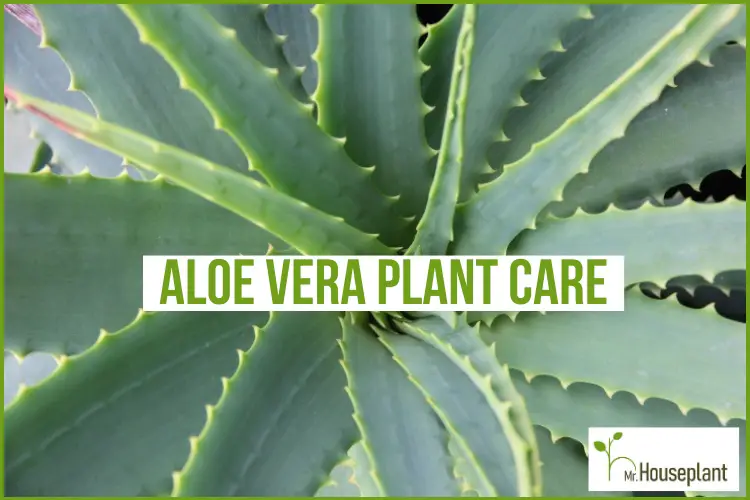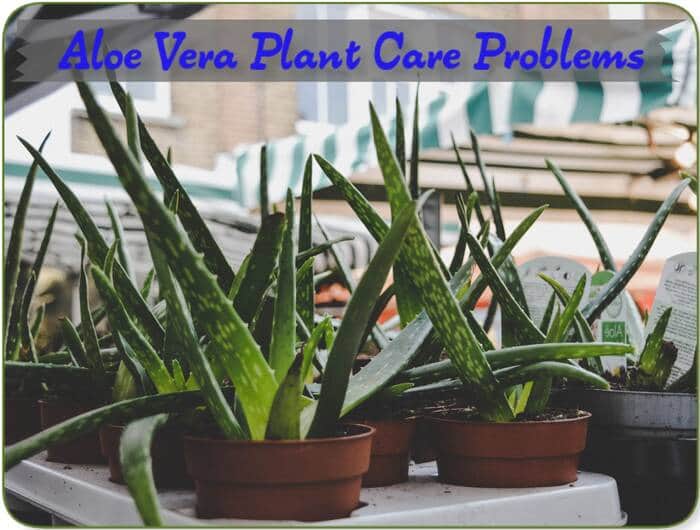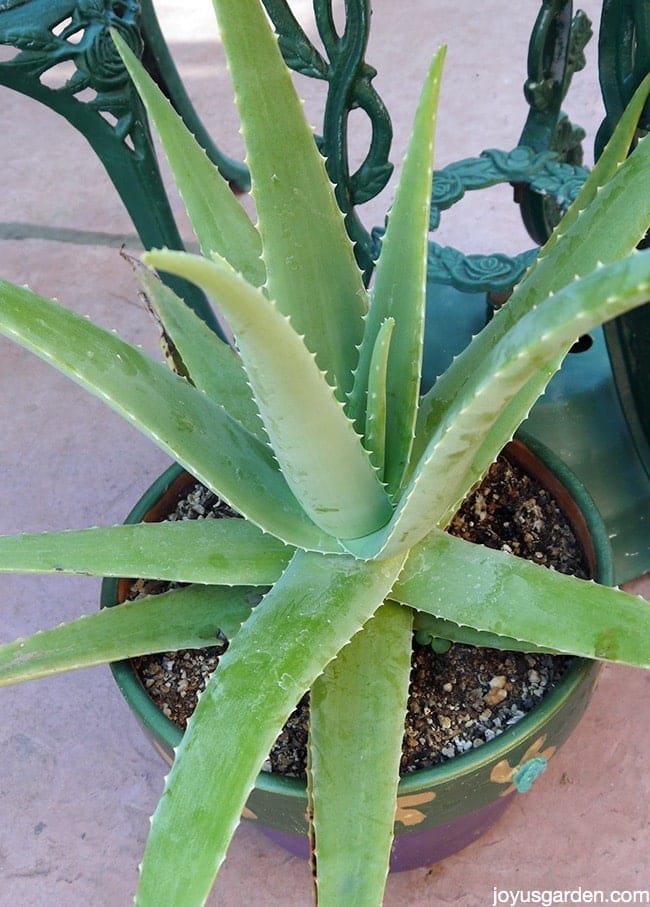Unlocking the Secrets of Aloe Vera Plant Care
Aloe vera plants have been a staple in many homes for centuries, prized for their medicinal properties, air-purifying abilities, and low-maintenance requirements. However, to truly reap the benefits of these miracle plants, it’s essential to provide them with the proper care and attention. Taking care of an aloe vera plant requires a delicate balance of water, nutrients, and pruning, but with the right techniques, you can enjoy the many rewards of aloe vera plant ownership.
One of the primary benefits of having an aloe vera plant at home is its ability to purify the air and improve indoor air quality. Aloe vera plants are natural air purifiers, capable of removing toxins and pollutants from the air, making them an excellent addition to any home or office. Additionally, aloe vera plants have been shown to have numerous health benefits, from soothing burns and skin irritations to reducing inflammation and promoting wound healing.
Despite their many benefits, aloe vera plants are relatively easy to care for, making them an excellent choice for busy homeowners or those new to plant parenthood. By following a few simple care tips, you can keep your aloe vera plant happy and thriving. From watering and fertilizing to pruning and propagating, taking care of an aloe vera plant requires attention to detail and a willingness to learn. With the right care and attention, your aloe vera plant can provide you with years of beauty, health benefits, and low-maintenance enjoyment.
So, if you’re looking to add a touch of greenery to your home or office, consider bringing home an aloe vera plant. With their unique blend of medicinal properties, air-purifying abilities, and low-maintenance requirements, aloe vera plants make an excellent choice for anyone looking to take care of a plant. By following the simple care tips outlined in this article, you can enjoy the many rewards of aloe vera plant ownership and keep your plant happy and thriving for years to come.
How to Create the Perfect Environment for Your Aloe Vera Plant
Creating the perfect environment for your aloe vera plant is crucial to ensure its optimal growth and health. Aloe vera plants are native to tropical and subtropical regions, and they thrive in warm temperatures, moderate humidity, and bright light. To replicate these conditions at home, you can follow a few simple tips.
Temperature is one of the most critical factors to consider when creating the perfect environment for your aloe vera plant. Aloe vera plants prefer temperatures between 65°F to 80°F (18°C to 27°C), which is slightly warmer than the average room temperature. Avoid placing your aloe vera plant near drafty windows, air conditioning vents, or extreme temperature fluctuations.
Humidity is another essential factor to consider when creating the perfect environment for your aloe vera plant. Aloe vera plants prefer a relatively low humidity level, around 40-50%. You can use a humidifier to maintain the optimal humidity level, especially during the dry winter months. However, be cautious not to over-humidify, as this can lead to root rot and other problems.
Lighting is also crucial for the health and growth of your aloe vera plant. Aloe vera plants prefer bright, indirect light, but they can tolerate some direct sunlight. East- or west-facing windows are ideal for aloe vera plants, as they provide gentle, indirect light. Avoid placing your aloe vera plant in a spot with direct sunlight, as this can cause the leaves to become scorched.
To take care of your aloe vera plant, you can also use grow lights to supplement the natural light. Grow lights are especially useful during the winter months when the days are shorter, and the light is less intense. When using grow lights, make sure to follow the manufacturer’s instructions and adjust the light intensity and duration according to your plant’s needs.
By creating the perfect environment for your aloe vera plant, you can ensure its optimal growth and health. Remember to monitor your plant’s responses to different environmental conditions and adjust your care routine accordingly. With the right environment and care, your aloe vera plant can thrive and provide you with years of beauty and health benefits.
The Art of Watering: Tips for Hydrating Your Aloe Vera Plant
Watering is one of the most critical aspects of taking care of an aloe vera plant. Aloe vera plants are drought-tolerant, but they still require regular watering to thrive. However, overwatering is a common mistake that can lead to root rot and other problems. To avoid this, it’s essential to understand the art of watering your aloe vera plant.
The key to proper watering is to check the soil moisture regularly. Stick your finger into the soil up to the first knuckle, and if the soil feels dry, it’s time to water. Water your aloe vera plant thoroughly, making sure the soil is moist but not waterlogged. Allow the excess water to drain from the pot, and avoid getting water on the leaves to prevent fungal diseases.
The frequency of watering depends on the climate, potting mix, and time of year. As a general rule, water your aloe vera plant every 7-10 days during the spring and summer months when it’s actively growing. During the fall and winter months, reduce watering to every 4-6 weeks, as the plant is dormant.
It’s also essential to consider the potting mix when watering your aloe vera plant. A well-draining potting mix can help prevent waterlogged soil and root rot. Avoid using regular potting soil, as it can retain too much water and cause problems. Instead, use a cactus or succulent potting mix that is specifically designed for plants like aloe vera.
Another critical aspect of watering is to avoid getting water on the leaves. Aloe vera plants are prone to fungal diseases, and excess water on the leaves can exacerbate this problem. Instead, water at the soil level, and avoid getting any water on the leaves or crown of the plant.
By mastering the art of watering, you can help your aloe vera plant thrive and enjoy its many benefits. Remember to monitor your plant’s responses to different watering techniques and adjust your care routine accordingly. With the right watering schedule and techniques, you can take care of your aloe vera plant and enjoy its beauty and health benefits for years to come.
Fertilizing for Success: Choosing the Right Nutrients for Your Aloe Vera Plant
Fertilizing is an essential part of taking care of an aloe vera plant. Aloe vera plants require a balanced diet of nutrients to thrive, and fertilizing can provide them with the necessary nutrients to promote healthy growth and development. However, it’s essential to choose the right fertilizer for your aloe vera plant to avoid burning the roots or causing other problems.
Aloe vera plants require a fertilizer that is high in phosphorus, which promotes root growth and development. A balanced fertilizer with a ratio of 10-10-10 (nitrogen-phosphorus-potassium) is suitable for aloe vera plants. However, it’s essential to dilute the fertilizer to half the recommended strength to avoid burning the roots.
There are several types of fertilizers available for aloe vera plants, including liquid fertilizers, granular fertilizers, and organic fertilizers. Liquid fertilizers are easy to apply and provide quick results, while granular fertilizers provide a slow release of nutrients. Organic fertilizers, such as compost or manure, are a natural and environmentally friendly option.
When fertilizing your aloe vera plant, it’s essential to follow the instructions on the fertilizer package and avoid over-fertilizing. Over-fertilizing can cause more harm than good, leading to root burn and other problems. It’s also essential to fertilize your aloe vera plant during the growing season, which is typically during the spring and summer months.
In addition to fertilizing, it’s also essential to provide your aloe vera plant with other nutrients, such as calcium and magnesium. These nutrients can be provided through the use of a balanced fertilizer or by adding supplements to the soil. By providing your aloe vera plant with the necessary nutrients, you can promote healthy growth and development and ensure that your plant thrives.
By taking care of your aloe vera plant and providing it with the necessary nutrients, you can enjoy the many benefits of this miracle plant. From its medicinal properties to its air-purifying abilities, aloe vera plants are a valuable addition to any home or office. By following the tips outlined in this article, you can take care of your aloe vera plant and enjoy its many benefits for years to come.
Pruning and Propagation: Encouraging Healthy Growth and Multiplication
Pruning and propagation are essential techniques for maintaining the health and promoting the growth of your aloe vera plant. Pruning helps to maintain the shape of the plant, encourages healthy growth, and prevents the plant from becoming leggy. Propagation, on the other hand, allows you to multiply your aloe vera plant and share it with friends and family.
To prune your aloe vera plant, start by removing any dead or damaged leaves. Use a pair of clean scissors or pruning shears to cut off the leaves at the base of the plant. This will help to prevent the spread of disease and encourage healthy growth. Next, remove any offsets or baby plants that have formed around the base of the mother plant. These offsets can be used to propagate new plants.
To propagate your aloe vera plant, start by selecting a healthy offset or baby plant. Remove the offset from the mother plant, making sure to leave a small amount of stem attached to the offset. Allow the offset to dry for a few days to form a callus over the wound. This will help to prevent the offset from rotting. Once the callus has formed, plant the offset in a well-draining potting mix and water sparingly.
Another method of propagation is to use leaf cuttings. To do this, select a healthy leaf from the mother plant and cut it off at the base. Allow the leaf to dry for a few days to form a callus over the wound. Once the callus has formed, plant the leaf in a well-draining potting mix and water sparingly.
By pruning and propagating your aloe vera plant, you can encourage healthy growth and multiplication. This will help to keep your plant looking its best and provide you with a steady supply of new plants to share with friends and family. Remember to always use clean and sterile equipment when pruning and propagating your aloe vera plant to prevent the spread of disease.
By following these simple steps, you can take care of your aloe vera plant and encourage healthy growth and multiplication. With proper care and attention, your aloe vera plant can thrive and provide you with years of beauty and health benefits.
Pest Control and Common Problems: Troubleshooting Your Aloe Vera Plant
Despite their hardiness, aloe vera plants can be susceptible to pests and diseases. Regular monitoring and prompt action can help prevent infestations and infections. Here are some common pests and problems that can affect aloe vera plants and how to address them.
Mealybugs are small, white, cottony insects that can infest aloe vera plants. They feed on the plant’s sap, causing damage and stunting growth. To control mealybugs, use a soft-bristled brush to gently remove them from the plant. Then, treat the plant with insecticidal soap or neem oil.
Spider mites are tiny, spider-like insects that can also infest aloe vera plants. They feed on the plant’s sap, causing yellowing or bronzing of the leaves. To control spider mites, use a fine spray of water to wash them off the plant. Then, treat the plant with insecticidal soap or neem oil.
Root rot is a common problem that can affect aloe vera plants, especially if the soil is too moist. To prevent root rot, make sure the soil drains well and avoid overwatering. If you suspect root rot, remove the plant from the pot and inspect the roots. Trim away any rotting roots and repot the plant in fresh, well-draining soil.
Other common problems that can affect aloe vera plants include leaf spot, leaf drop, and crown rot. These problems can be caused by overwatering, underwatering, or exposure to extreme temperatures. To address these problems, adjust your watering schedule and provide the plant with bright, indirect light.
By being aware of these common pests and problems, you can take steps to prevent them and ensure the continued health and well-being of your aloe vera plant. Regular monitoring and prompt action can help prevent infestations and infections, and keep your plant thriving.
Remember, taking care of an aloe vera plant requires attention to detail and a willingness to learn. By following these tips and troubleshooting common problems, you can keep your plant healthy and thriving. With proper care and attention, your aloe vera plant can provide you with years of beauty and health benefits.
Repotting and Soil Selection: Giving Your Aloe Vera Plant a Fresh Start
Repotting is an essential part of taking care of an aloe vera plant. As the plant grows, it will eventually outgrow its container and require a larger pot with fresh soil. Repotting provides the plant with a fresh start, allowing it to continue growing and thriving.
When to repot your aloe vera plant depends on several factors, including the size of the plant, the size of the pot, and the condition of the soil. As a general rule, repot your aloe vera plant every 2-3 years, or when the plant has outgrown its container.
Choosing the right potting mix is crucial when repotting your aloe vera plant. A well-draining potting mix is essential to prevent waterlogged soil and root rot. Look for a potting mix that is specifically designed for cacti and succulents, as these plants require a different type of soil than other plants.
When selecting a new pot, choose one that is slightly larger than the previous pot. This will give the roots of the plant room to grow and expand. Make sure the pot has drainage holes to prevent waterlogged soil.
To repot your aloe vera plant, start by carefully removing the plant from its pot. Gently remove any old soil from the roots, taking care not to damage the roots. Then, place the plant in its new pot, adding fresh potting mix around the roots. Water the plant sparingly after repotting, as the plant will be adjusting to its new environment.
By repotting your aloe vera plant and providing it with fresh soil and a larger pot, you can give it a fresh start and help it continue to grow and thrive. Remember to take care of your aloe vera plant by providing it with the right environment, watering it properly, and fertilizing it regularly.
With proper care and attention, your aloe vera plant can provide you with years of beauty and health benefits. By following these tips and taking the time to repot and care for your plant, you can enjoy the many benefits of having an aloe vera plant in your home.
Monitoring and Adjusting: Fine-Tuning Your Aloe Vera Plant Care Routine
Monitoring and adjusting your aloe vera plant care routine is crucial to ensure the continued health and well-being of your plant. By observing your plant’s responses to different care techniques, you can make adjustments to provide the best possible care.
One of the most important things to monitor is your plant’s watering needs. Check the soil moisture regularly, and adjust your watering schedule accordingly. If you notice that your plant is consistently drying out too quickly, you may need to increase the frequency of watering.
Another important thing to monitor is your plant’s fertilization needs. If you notice that your plant is not responding to fertilization, you may need to adjust the type or frequency of fertilization.
It’s also important to monitor your plant’s pruning needs. Prune your plant regularly to maintain its shape and promote healthy growth. If you notice that your plant is becoming leggy or uneven, you may need to prune it more frequently.
By monitoring and adjusting your aloe vera plant care routine, you can provide the best possible care for your plant. Remember to take care of your aloe vera plant by providing it with the right environment, watering it properly, and fertilizing it regularly.
With proper care and attention, your aloe vera plant can thrive and provide you with years of beauty and health benefits. By following these tips and taking the time to monitor and adjust your care routine, you can enjoy the many benefits of having an aloe vera plant in your home.
Take care of your aloe vera plant, and it will take care of you. With its medicinal properties, air-purifying abilities, and low-maintenance requirements, an aloe vera plant is a great addition to any home. By following these tips and providing your plant with the right care, you can enjoy the many benefits of having an aloe vera plant.








